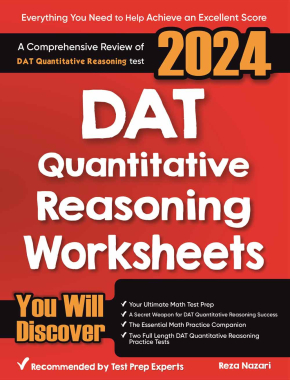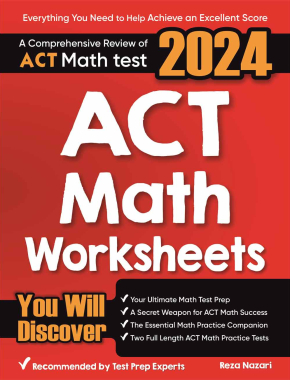How to Interpret Categorical Data
Interpreting categorical data involves analyzing and drawing conclusions from data that is organized into categories.

Categorical data is a type of data that is divided into groups or categories based on specific characteristics or attributes.
For example, categorical data could include information about favorite colors, types of pets, or preferred modes of transportation.
To interpret categorical data, you need to understand the distribution of the data and identify any patterns or trends. This may involve calculating frequencies or percentages for each category or creating visual representations of the data, such as bar charts or pie charts.
One common method for interpreting categorical data is to look at the mode, which is the category that occurs most frequently. You can also calculate the measures of central tendency, such as the mean or median, for the data set.
Another important consideration when interpreting categorical data is to look for relationships or associations between categories. This can involve comparing the frequencies of different categories or analyzing the data based on other variables, such as age or gender.
A step-by-step guide to interpreting categorical data
here’s a step-by-step guide to interpreting categorical data:
- First, review the data set to identify the categories that the data is divided into. Make sure you understand what each category represents.
- Calculate the frequency or percentage of each category in the data set. This can be done by counting the number of data points in each category and dividing by the total number of data points.
- Create a visual representation of the data, such as a bar chart or pie chart. This can help you visualize the distribution of the data and identify any patterns or trends.
- Look for the mode, which is the category that occurs most frequently. This can give you a sense of the most common response or characteristic in the data set.
- Calculate the measures of central tendency, such as the mean or median, for the data set. This can help you understand the typical or average response in the data set.
- Look for relationships or associations between categories. This may involve comparing the frequencies of different categories or analyzing the data based on other variables, such as age or gender.
- Draw meaningful conclusions based on your analysis of the data. This may involve identifying patterns or trends, making predictions, or drawing comparisons between different groups or categories.
Interpreting categorical data is an important skill that can be used in a wide range of fields, from market research to social sciences to healthcare. By following these steps, you can analyze and make sense of data that is divided into discrete categories and draw informed conclusions based on the information.
Interpreting Categorical Data – Example 1
In a ball throw competition, five students score 23, 31, 40, 31, and 45 meters. What is their mode and mean?
Solution:
Mode is the number that happens the most. 31 happens twice. So, the mode is 31.
To discover the mean, add all numbers and divide by 5.
\(23+ 31+ 40+ 31+45=170\)
\(170÷5=34\). So, the mean is 34.
Interpreting Categorical Data – Example 2
At a farm, there were 6 hens, 2 goats, 13 cows, 7 sheep, and 10 pigs. What is the mode of this data set?
Solution:
Mode is the number that happens the most. The mode is 13.
Related to This Article
More math articles
- How to Understand Vectors: Vectors in Two Dimensions
- How to Multiply Decimals and Whole Numbers?
- How Is the ACCUPLACER Test Scored?
- What Is a Passing Score on the CBEST Math?
- Algebra Puzzle – Challenge 57
- 8th Grade ACT Aspire Math Worksheets: FREE & Printable
- How to Prepare for the ALEKS Math Test?
- 4th Grade New York State Assessments Math Worksheets: FREE & Printable
- Island Exploration: How to Unearth Side Lengths and Angle Measures of Similar Figures
- How to Multiply and Dividing Functions? (+FREE Worksheet!)



























What people say about "How to Interpret Categorical Data - Effortless Math: We Help Students Learn to LOVE Mathematics"?
No one replied yet.